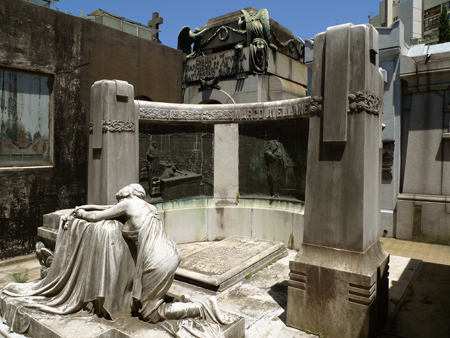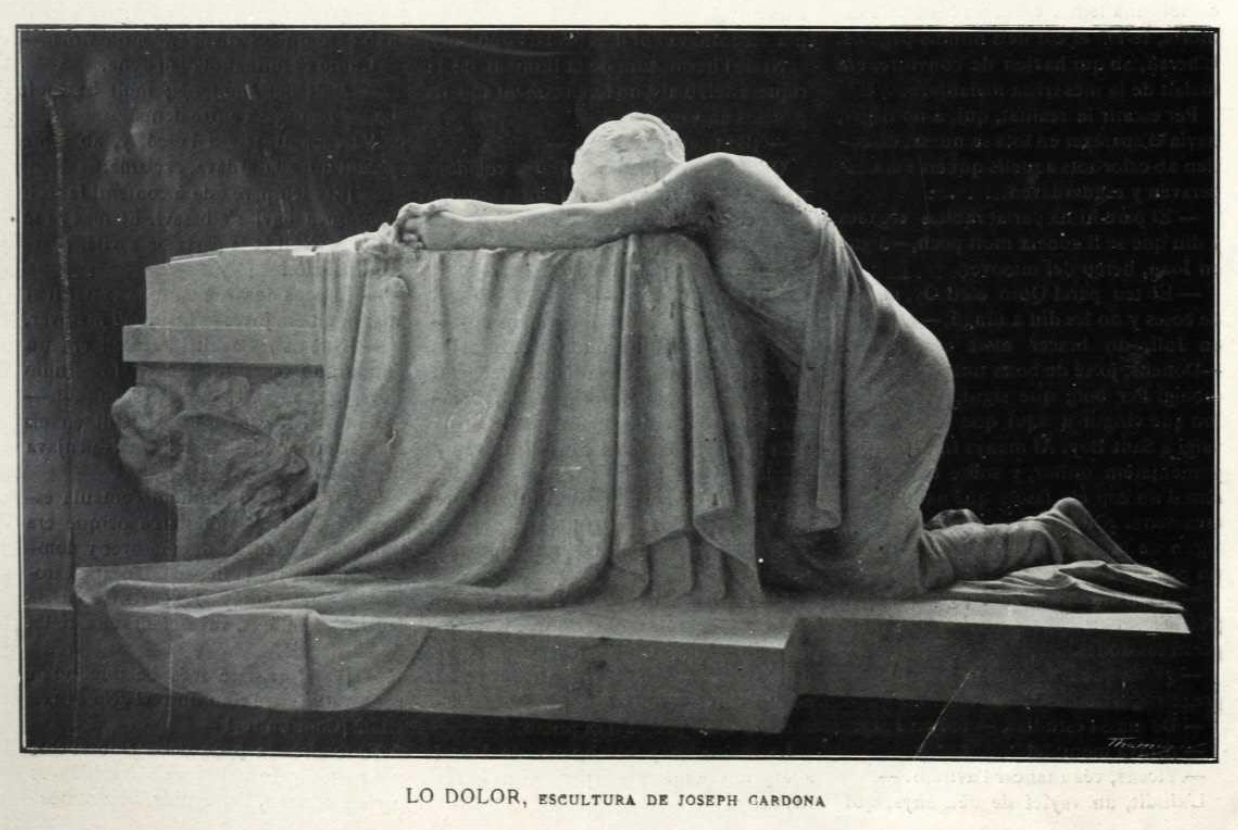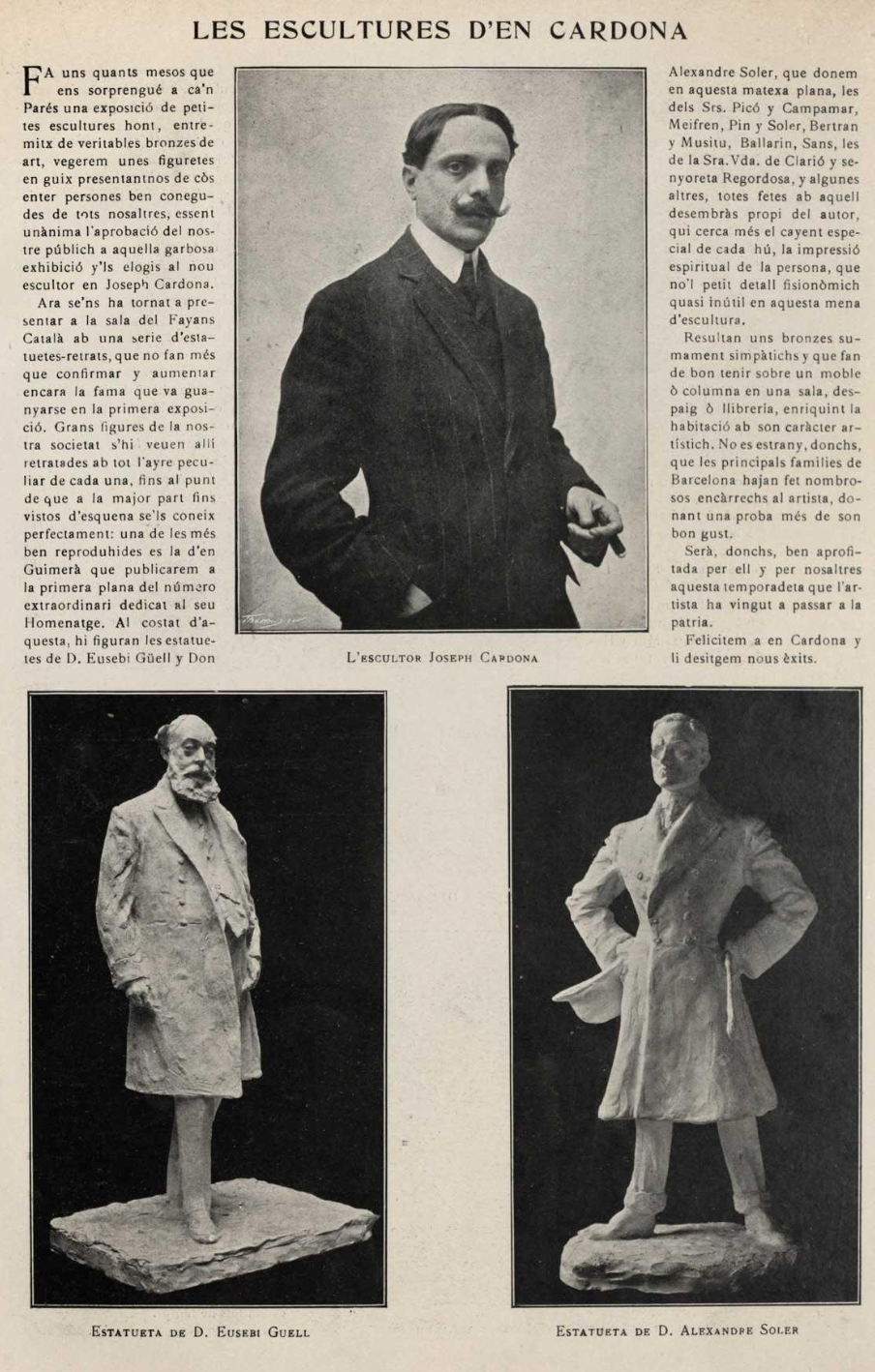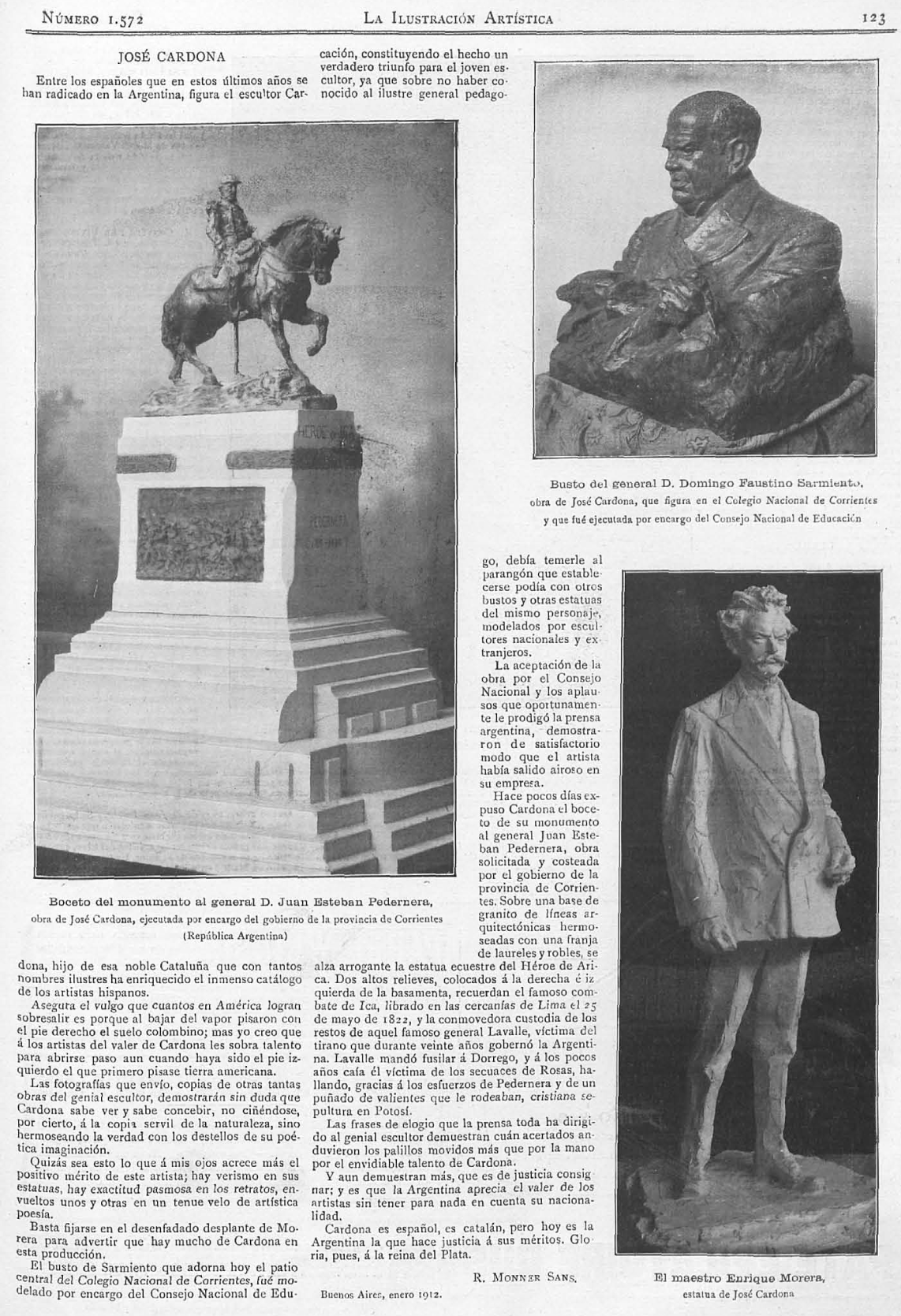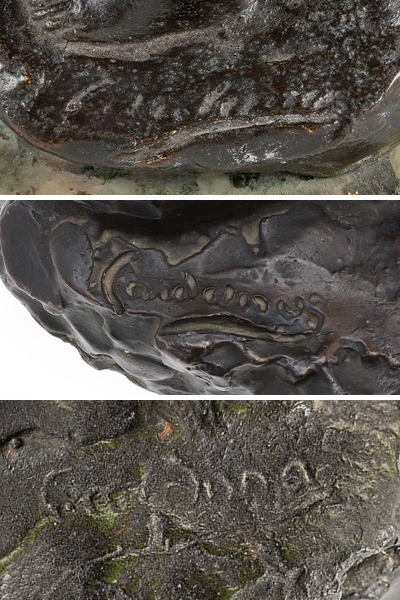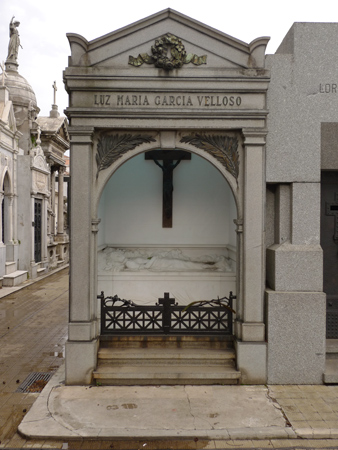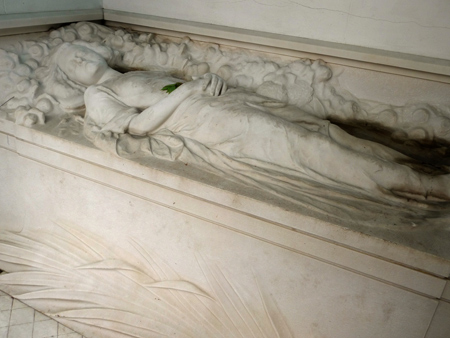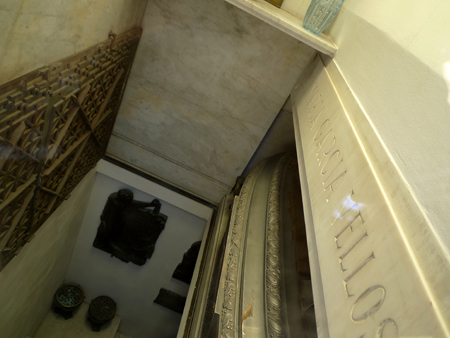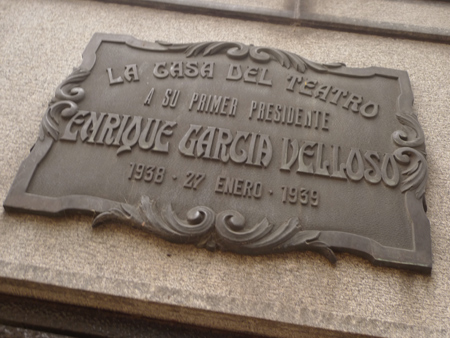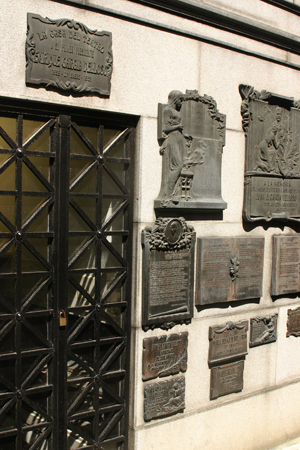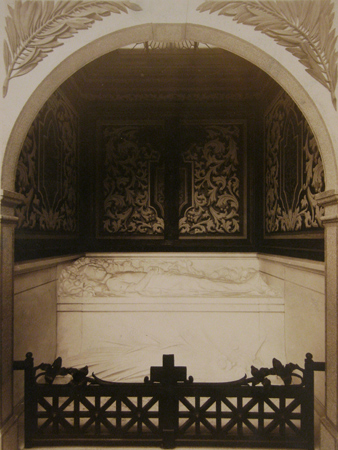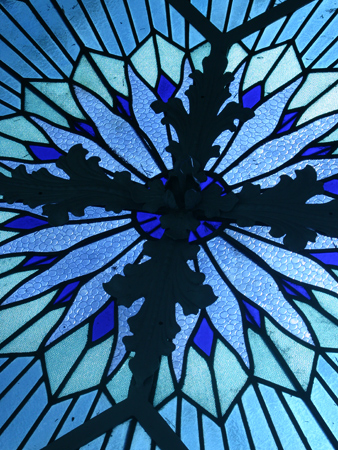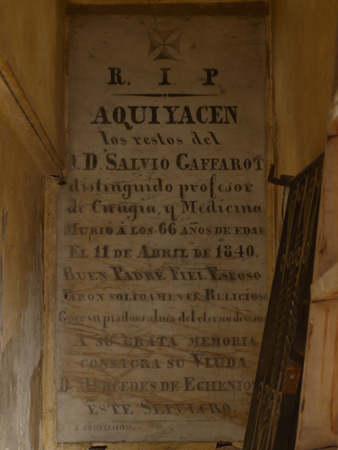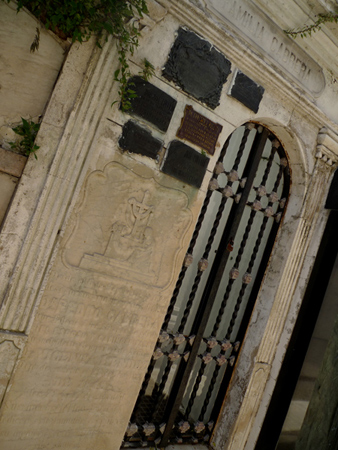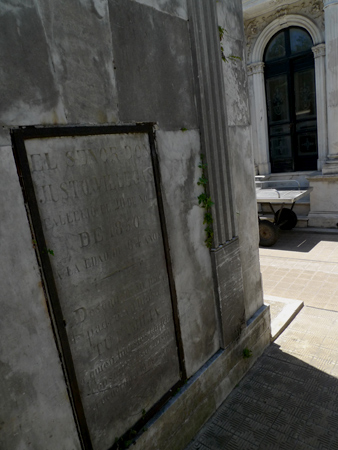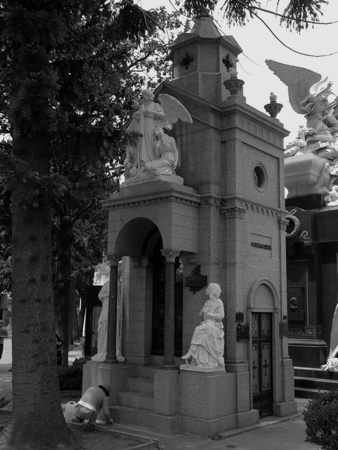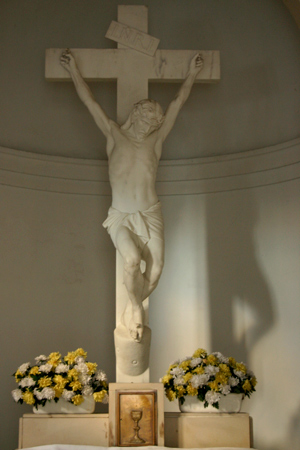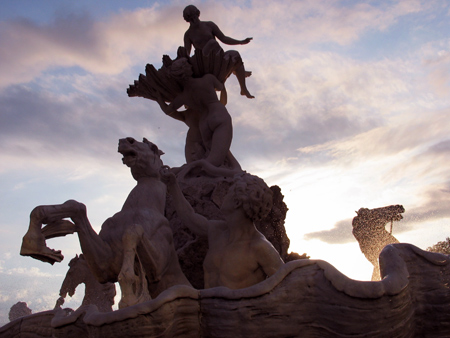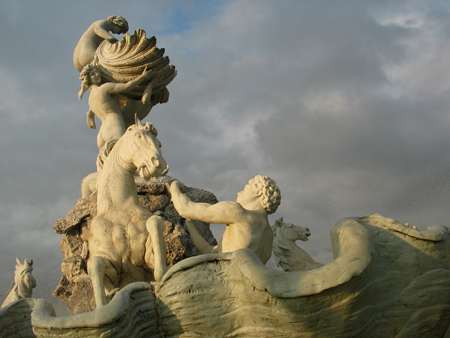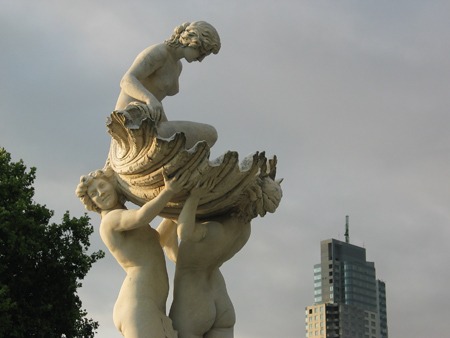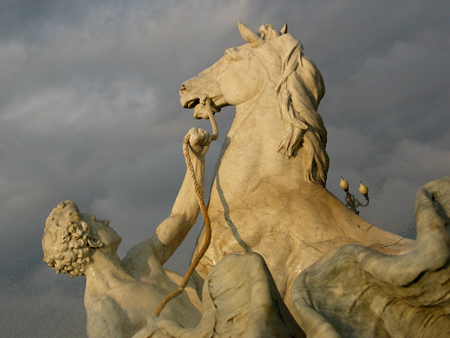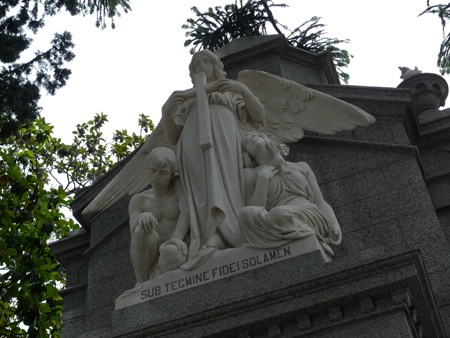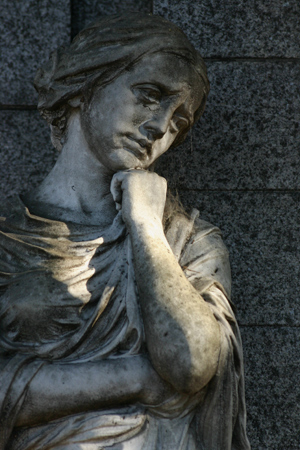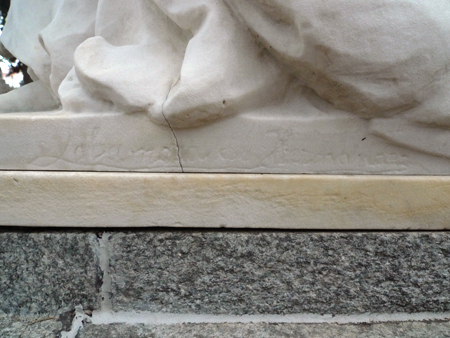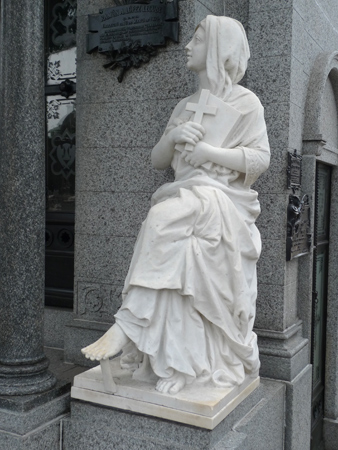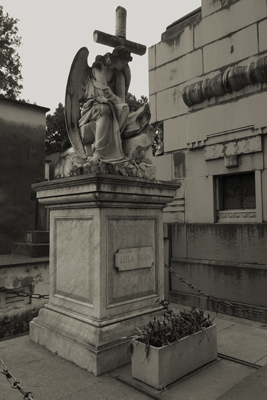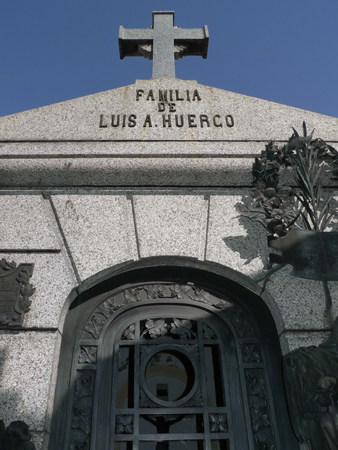
Born in Buenos Aires in 1837, Luis Huergo completed his high school education in Maryland, USA then went on to become the first civil engineer to graduate from an Argentine university. He coordinated the construction of bridges throughout the Province of Buenos Aires with British assistance, built sections of new railroad, & improved the infrastructure of a growing nation.
Although he served as a Senator in the 1870’s as well as Dean of what eventually became the Engineering faculty, Huergo is most remembered for a project he never completed: a new cargo port for Buenos Aires. He had already deepened the exit for the shallow Riachuelo, allowing transatlantic liners to enter directly. It was only natural for Huergo to be part of a design contest for the new port.
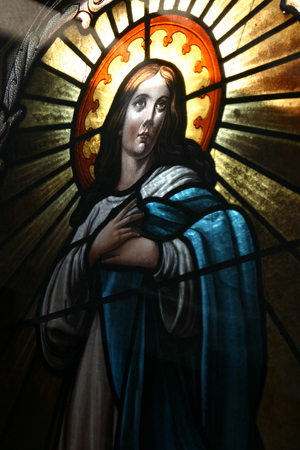
Huergo had some tough competition & an alternative plan was proposed by local merchant Eduardo Madero. Madero’s design was accepted over Huergo’s with ships entering through the southern canal, loading & unloading goods in any of four dykes, then exiting north. By the time Puerto Madero was inaugurated in 1897, it was obsolete. Madero’s design did not allow expansion of any kind… much needed when ships were growing larger & larger. Congestion was a considerable problem during Puerto Madero’s heydey with an amazing 32,000 embarkations made in 1910 alone:
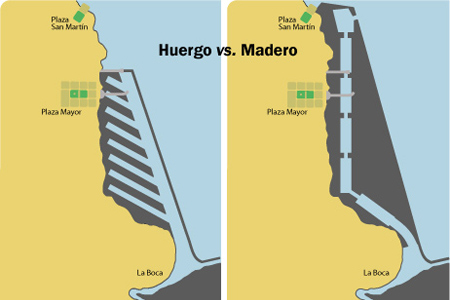
To add capacity to Puerto Madero, Huergo’s design was reworked in 1907 & completed by 1919. The in-and-out design of Puerto Nuevo is more efficient & continues to function as the current port for Buenos Aires. All cruise & container ships dock there, & a gigantic plaque to Huergo highlights his biggest BA contribution:
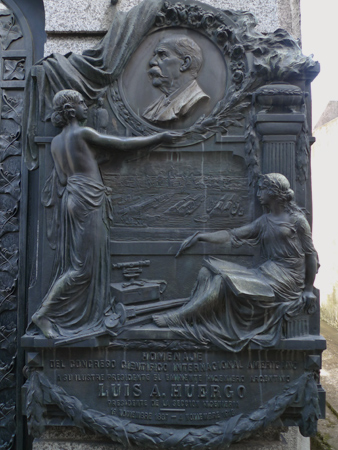
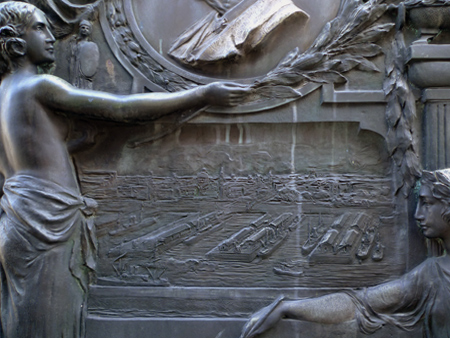
Huergo’s son, Eduardo, also became an engineer & was responsible for the rectification of the Riachuelo. Those curves were replaced by a straight line in Eduardo beginning around 1927:
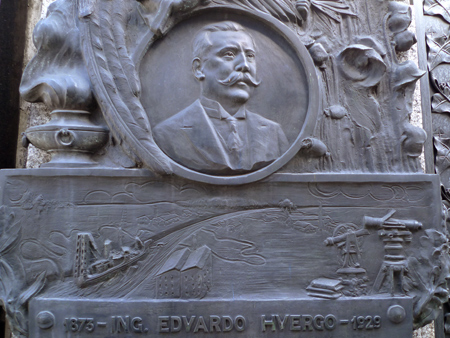
At the age of 73, Luis Huergo formed part of a national commission dedicated to petroleum exploitation in Patagonia. He advocated government control to avoid the emergence of monopolies like Standard Oil while Dr. Pedro Arata, also part of the five-member board, thought private companies would be a better option. Huergo won in the end as the commission transformed into Yacimientos Petrolíferos Fiscales, remaining a state-run company until 1991. Huergo passed away in 1913 & left a legacy which remains apparent even 100 years after his death.
Leave a Comment